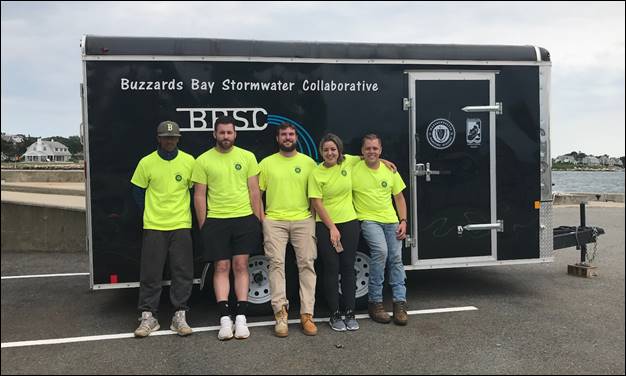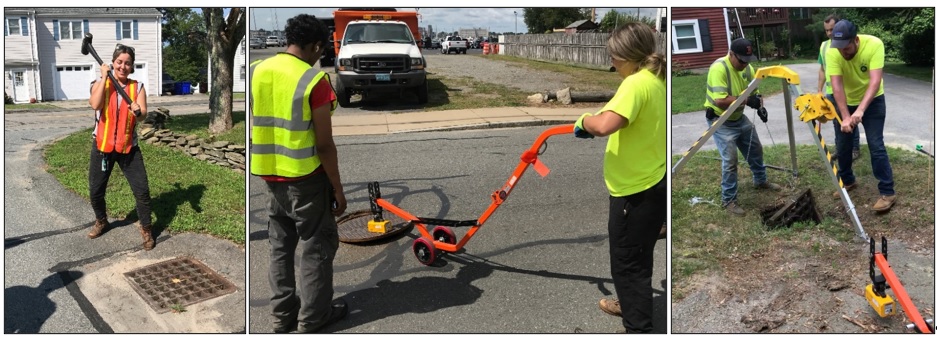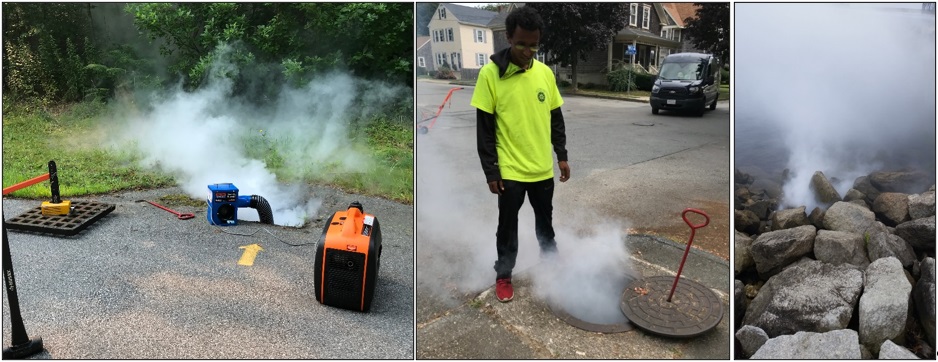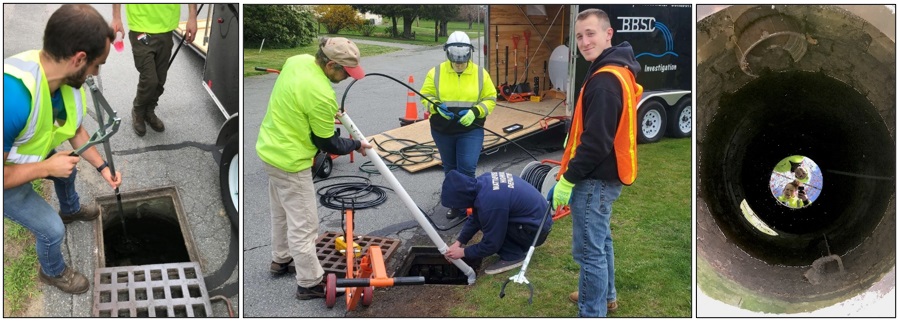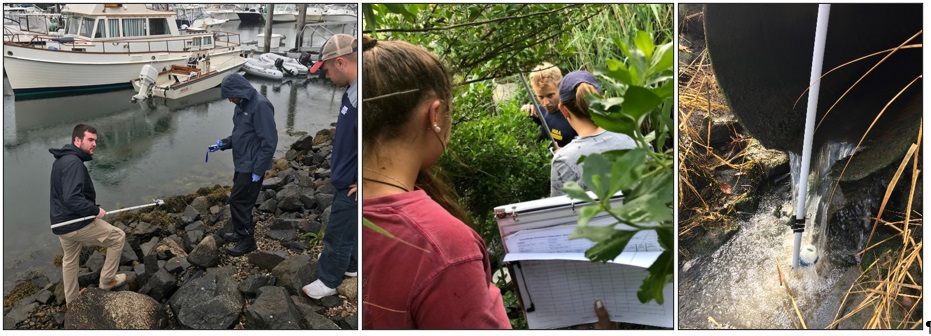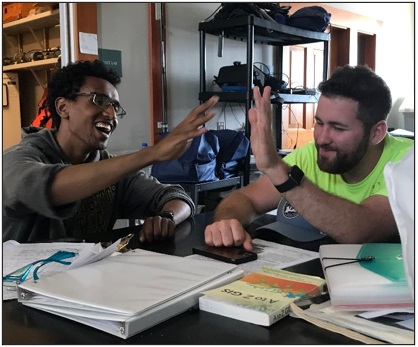The Buzzards Bay National Estuary Program (NEP) awarded three grants totaling $110,640 in federal funds to three Buzzards Bay municipalities. The three grants, which are being matched by over $194,000 in private contributions and state grants, are awarded through the Massachusetts Office of Coastal Zone Management (CZM), with funding from the U.S. Environmental Protection Agency (EPA) Southeast New England Program.
The following municipalities were awarded grants:
- The Town of Mattapoisett will receive $45,000 to work with its partner, the Mattapoisett Land Trust, to purchase and permanently protect a forested 4-acre parcel of riverfront land. The property is located on the west bank of the Mattapoisett River and contains important state-designated habitat, including habitat for rare species. The property lies across the street from the state-owned Nasketucket Bay State Reservation. Protection of this parcel is part of a larger conservation effort by the Mattapoisett Land Trust to conserve the entire west bank of the Mattapoisett River from Route 6 south to the multi-use path. The Mattapoisett Land Trust intends to create a trail system and small parking area on the property to allow for public access to the property and river.
- The Town of Carver will receive $45,000 to work with its partner, the Buzzards Bay Coalition, to purchase and permanently protect 28 acres of undeveloped forest land on the southern side of the 600+ acre Great South Meadow Cedar Swamp on Mayflower Road in Caver. The property contains important state-designated habitat and lies over the Plymouth/Carver Sole Source Aquifer. The project will protect the ecological resources associated with a large and significant Atlantic White Cedar stand, as well as protect the headwaters source for multiple small tributary streams that form the upper reaches of the Weweantic River. In addition, acquisition of the property will provide a long sought after gateway access to the Great Cedar Swamp.
- The Town of Rochester will receive $20,640 to work with its partners, the Buzzards Bay Coalition and Rochester Land Trust, to purchase a conservation restriction that will permanently protect 20.5 acres along Doggett Brook, a principal tributary of the Sippican River. The project is part of a larger effort to protect a 58-acre undeveloped farmland parcel along a principal road to the central village area of Rochester. The property contains important state-designated habitat, including habitat for rare species. The conservation restriction will remove the current agricultural use from within 300 feet of Doggett Brook, and this area will be restored to enhance its ecological functions. In addition, a small roadside gravel parking area and a walking trail will be developed.
For more information about the grant awards, please read this EEA press release.
